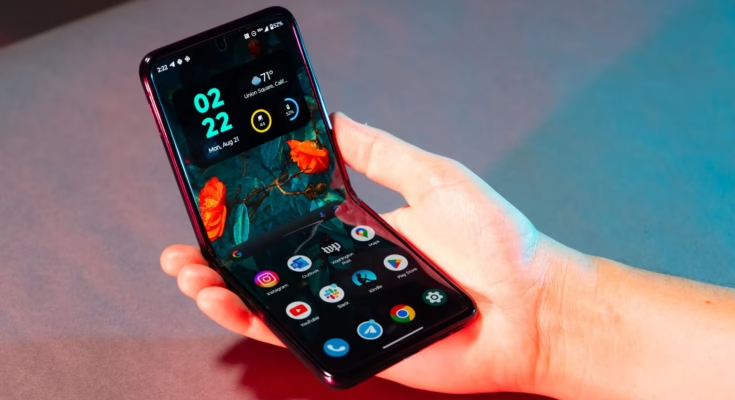Introduction
Foldable phones have been making waves in the smartphone industry, offering innovative designs and enhanced usability. While early models faced durability concerns and high price tags, advancements in technology have significantly improved their appeal. But are they truly the future of mobile devices, or just a passing trend? Let’s explore the current state and future potential of foldable phones.
1. Evolution of Foldable Phones
Foldable phones first gained traction with the release of Samsung’s Galaxy Fold in 2019. Since then, brands like Huawei, Motorola, Oppo, and Google have joined the competition, refining foldable technology.
Key Milestones:
- 2019: Samsung Galaxy Fold – The first widely available foldable phone
- 2020-2022: Improvements in hinge mechanisms and screen durability
- 2023-Present: Expansion into various form factors (clamshell, book-style, rollable concepts)
2. Advantages of Foldable Phones
a. Larger Displays in Compact Forms
Foldable phones provide the convenience of a small device while offering a tablet-like experience when unfolded, enhancing multitasking and media consumption.
b. Multitasking & Productivity
- Split-screen capabilities enhance productivity
- Ideal for professionals who need multiple apps open simultaneously
c. Unique & Premium Design
Foldable devices offer a futuristic appeal and premium build materials that set them apart from traditional smartphones.

3. Challenges Facing Foldable Phones
a. Durability Concerns
- Foldable screens are more prone to damage compared to traditional glass displays
- Hinges require meticulous engineering to prevent wear over time
b. High Costs
- Foldable phones often cost significantly more than flagship smartphones
- Repairs and replacements are expensive due to specialized components
c. Software Optimization
- Not all apps are optimized for foldable displays
- Developers need to adapt software to utilize the foldable screen fully
4. The Future of Foldable Phones
a. Improved Durability & Materials
Manufacturers are investing in ultra-thin glass and stronger hinge mechanisms to enhance longevity.
b. More Affordable Options
As technology matures, prices are expected to decrease, making foldable phones accessible to a wider audience.
c. Enhanced Software Support
Operating systems like Android are continuously improving their support for foldable devices, encouraging app developers to optimize their applications.
d. Innovations in Form Factors
- Rollable screens and tri-fold designs may become the next frontier
- More brands are likely to enter the market, increasing competition and innovation
Conclusion: Are Foldable Phones Worth It?
Foldable phones offer an exciting blend of innovation, functionality, and aesthetics. However, they still face challenges in terms of durability, pricing, and software optimization. If you’re an early adopter or a tech enthusiast, foldable phones can be a great investment. For mainstream consumers, waiting for further refinements and price drops might be the best choice.
Ultimately, foldable phones are here to stay, and their future looks promising as technology continues to evolve. Whether they become the standard or remain a niche luxury will depend on how manufacturers address the current limitations.



